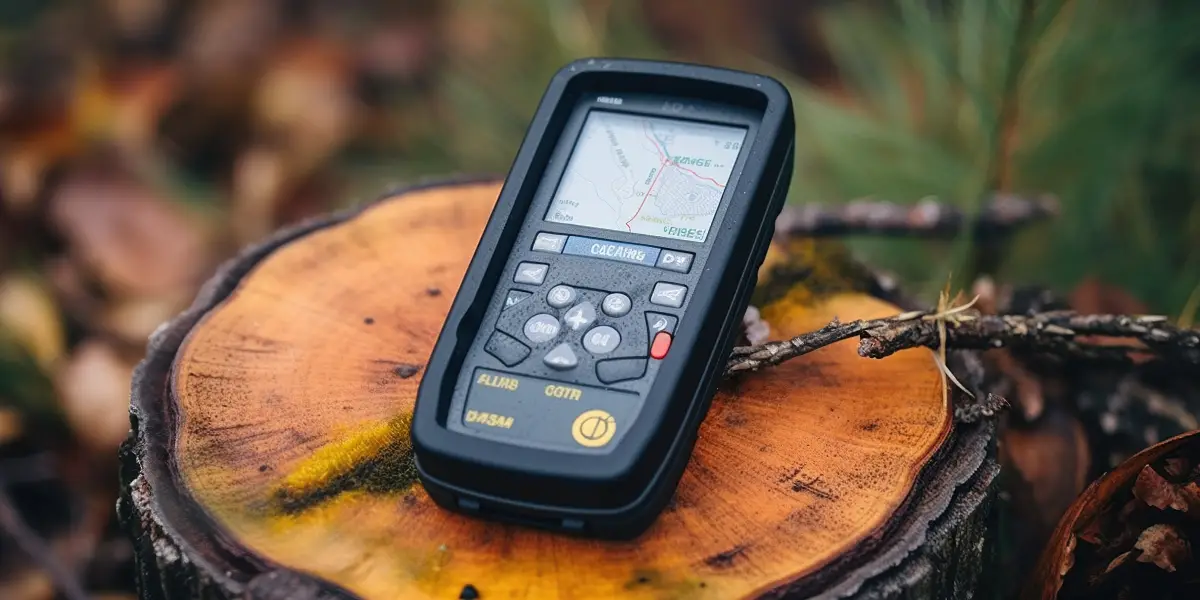Powerful Ways a Handheld GPS Can Transform Your Off-Road Adventure
Are you an avid off-road enthusiast? Do you love the thrill of exploring uncharted territories, venturing into the wilderness, and pushing your limits? If so, a handheld global positioning system (GPS) device is essential to elevate your off-road adventures to new heights.
This blog post will explore the many benefits of handheld GPS, from navigation and route planning to safety features and emergency preparedness. Whether you’re a seasoned off-roader or a newcomer to the sport, a GPS can be your trusty companion, guiding you through the most challenging terrains and ensuring a safe and memorable experience.
1. Precise Navigation in Remote Areas
Off-road adventures often lead into uncharted or rarely traveled territories where conventional road maps fall short. In these remote areas, having the best hand held GPS for navigation provides a much-needed layer of precision that ensures you can navigate confidently without needing trail markers or cell signal coverage.
Unlike smartphones that rely on cellular networks, handheld GPS units connect directly to satellites, delivering accurate, real-time positioning that informs you of your exact location. This advantage is crucial in rugged terrains where losing your way is a genuine risk.
Many GPS devices can also store extensive geographical data, giving you a reliable navigation tool even in the most isolated landscapes. This precision lets you focus on enjoying the adventure, knowing you’ll stay on track no matter how remote the environment is.
2. Increased Safety and Emergency Support
Safety is paramount in off-road adventures, especially in unpredictable or challenging conditions. Handheld GPS devices often come equipped with emergency features such as SOS alerts and tracking, allowing you to reach out for help quickly.
In the event of an accident, injury, or unexpected change in weather, these GPS units can send distress signals to emergency services, even when you’re far from any cellular network. This capability is especially reassuring for solo adventurers or groups exploring unknown trails.
Some advanced GPS models also allow for two-way communication, which can be lifesaving when rescue efforts are required. The peace of mind that comes from knowing you can call for assistance in an emergency situation adds a significant layer of security, letting you confidently take on more daring trails.
3. Waypoint Marking for Easier Return Trips
One of the joys of off-roading is the freedom to explore unmarked paths and discover hidden gems off the beaten track. However, this sense of exploration can quickly lead to disorientation, especially on twisting, unfamiliar trails.
Handheld GPS devices allow you to mark waypoints at key locations, such as scenic overlooks, water sources, or significant trail junctions, making it easy to retrace your route. This waypoint marking feature benefits return trips, guiding you back along the same path without getting lost.
Even if the landscape changes due to weather or time of day, these digital markers provide a virtual breadcrumb trail. You can also use waypoints to mark points of interest to revisit or share with others, enhancing the overall experience by creating a personalized map of your adventure.
4. Detailed Topographical Maps and Route Planning
For off-road enthusiasts, detailed topographical maps can make all the difference in planning and navigating a successful route. Handheld GPS devices come with or support downloads of these maps, providing an in-depth look at the landscape, including elevations, natural barriers, rivers, and other geographical features.
This information lets you plan your route based on terrain difficulty, avoiding steep climbs, dense forests, or other challenging areas if desired. Some advanced GPS units even allow you to calculate optimal routes for different skill levels, making it easier to choose trails that match your experience and preferences.
Moreover, this enhanced mapping capability ensures that your adventure is exciting and aligned with the safest and most accessible paths, enabling you to enjoy the journey without unnecessary obstacles.
5. Weather Monitoring Capabilities
Weather can change quickly in off-road environments, and a sudden storm or temperature drop can turn a safe adventure into a risky one. Many handheld GPS devices now offer real-time weather updates, which can be invaluable for off-road travelers. With access to this data, you can make informed decisions, like pushing forward, taking shelter, or altering your route to avoid areas prone to flooding or landslides.
Having this information at your fingertips reduces the likelihood of being caught unprepared by extreme weather, making your experience safer and more enjoyable. In unpredictable environments, knowing what weather conditions are coming can prevent you from encountering unnecessary hazards and help you stay comfortable on your journey.
6. Enhanced Battery Life for Long Adventures
One of the most practical benefits of a handheld GPS device is its extended battery life, designed to last through prolonged outdoor adventures. Unlike smartphones or tablets that may struggle to stay powered for more than a day of heavy use, many GPS devices are engineered to function for days on a single charge or with replaceable batteries.
This feature is handy for off-roaders with limited access to power sources on multi-day trips. The assurance of a reliable, long-lasting power supply means you won’t suddenly lose navigation support in the middle of your journey. With a handheld GPS, you can confidently explore, knowing that your device will stay operational and ready to guide you from start to finish.
Conclusion
A handheld GPS is more than just a navigational tool; it’s a safety net, a route planner, and a key to unlocking countless off-road adventures. Investing in a reliable GPS device and learning to use it effectively can enhance your off-road experiences, minimize risks, and maximize the thrill of exploring the great outdoors.



